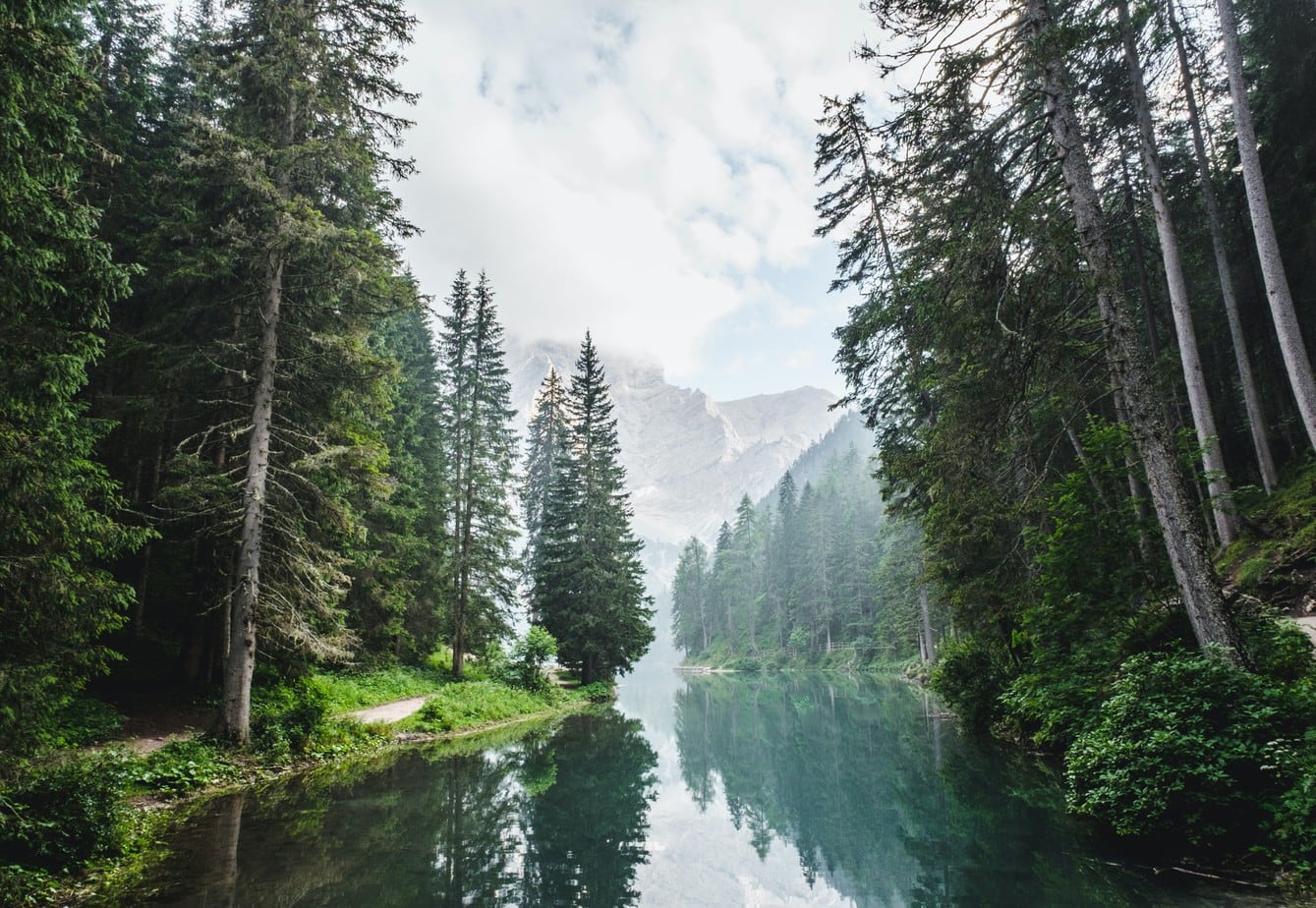Expanding commercial *conifer forestry (see image below) is the most efficient strategy for achieving climate change mitigation through woodland creation.
*Coniferous trees are cone-bearing trees and have small, waxy, and usually narrow leaves (mainly needles or flat scales). See the image below.
This was found in a new ground-breaking study led by Bangor University, published in Nature Communications. And guess the research method? Exactly – Life Cycle Assessments (LCA)!
The research applied dynamic LCA’s to the UK’s national strategy of planting 30,000 (!!) hectares of trees per year from 2020-2050. It researched 33 varying ‘what-if’ scenarios (different forest compositions, harvesting, decarbonization of substituted energy and materials) over a 100 year GHG* mitigation time frame. When performing the LCA’s, the flow of carbon in the whole system was taken into account. Think of the soil, trees, forestry operations, and harvested wood product value chain.
*GHG = Greenhouse Gas
Now what makes these conifers so special?

The trees who’ll save the world
This research is pretty unique. Because it contradicts the belief that we always have to plant native trees or let nature ‘rewild’ itself again for maximum decarbonization. (Rewilding means letting nature do its thing without the involvement of humans).
The key findings of this research are incredibly interesting:
1. The results show that newly planted commercial conifer systems are a lot more superior at mitigating climate change than newly planted semi-natural broadleaf* systems – mitigating up to 269% more CO₂-e per hectare over 100 yrs.
*Semi-natural broadleaf: Mainly native trees that obviously haven’t been planted and have leaves instead of needles (broadleaf).
2. A national planting rate of 30,000 hectares of trees per year from 2020-2050 could cumulatively mitigate up to 1.64 billion tons of CO₂-e emissions by 2120. This is only met with a commercial conifer forest, compared with the 0.54 billion tons of CO₂-e for a semi-natural broadleaf forest.
3. Climate change mitigation from harvested conifer systems will be much greater than that of unharvested conifer systems- when surpassing the 100-year time frame after planting. This is based on the assumption that the UK achieves a national planting rate of 30,000 hectares of trees per year from 2020-2050. And with trees harvested and processed in a hierarchical wood use scenario. (Where carbon is stored and remains that way through carbon capture and storage).
4. The study also showed that only 15% of the 100-year mitigation potential will be achieved by 2050. A key date for net-zero carbon targets. However, they found that a conifer forest planted today will achieve 20% more mitigation by 2050 than one planted in 5 years’ time. This presses urgency in woodland creation if we want to significantly contribute to Paris Agreement targets for the second half of this century.
5. Finally, basing the UK’s national forest planting strategy on a bioenergy wood use strategy (trees logged as a bioenergy source)- could mitigate 24% of the UK’s annual GHG emissions by 2050. But only if their net-zero targets are achieved.

No ‘one forest type fits all’
There is no ‘one forest type fits all’ in sustainable forestry.
Broadleaf (no needles) forests of native species in the UK can support high biodiversity but achieve low carbon sequestration rates and timber yields. In contrast, conifer-rich commercial forests may support lower (not necessarily low) levels of biodiversity. Yet they can achieve much higher carbon sequestration rates and timber yield.
The best solution for delivering the range of ecosystem services that our society and planet need is the rapid growth of a diverse portfolio of different forest types across our landscapes.
Read everything about the power of conifers and the promising climate change mitigation effect of commercial forests in the full study by Bangor University.

